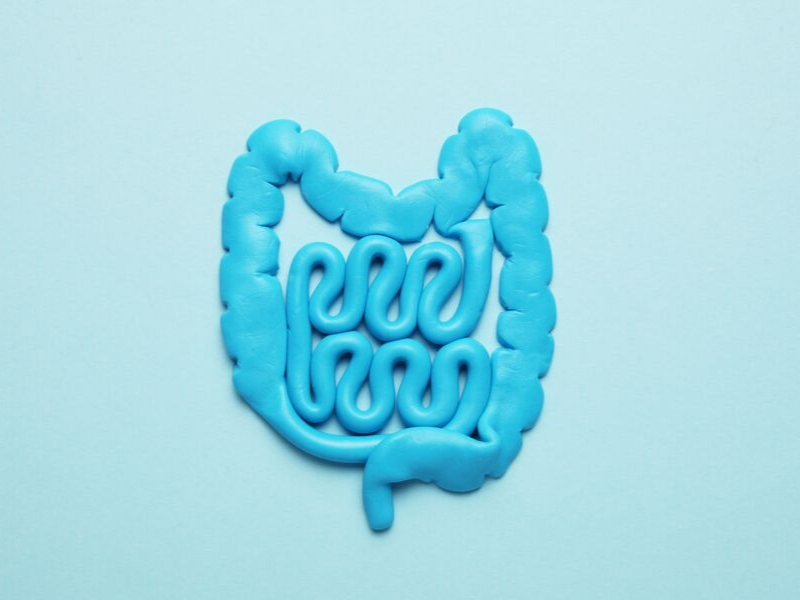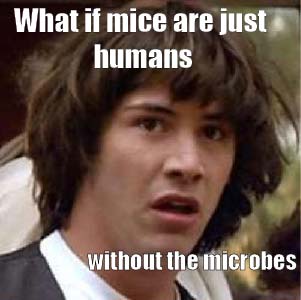An important update is available for FreeStyle LibreLinkØ. Check here for more information.
 Menu
Menu
17 Sep 2019

|
For almost a century, scientists have relied on laboratory mice to make discoveries in human biology and immunology (Fig 1). However, as our understanding of the immune system has become more sophisticated, dissimilarities between mice and humans have been magnified. These differences are especially glaring when drugs show remarkable pre-clinical efficacy in mice but fail in human trials. Therefore, creating mice that better mimic human immunology and human disease states is a continual quest. Improved genetic and surgical methods allow us to manipulate mice to express human genes or support growth and survival of human immune cells, but these procedures can be costly and technically difficult, and can cause unintentional physiological changes. These drawbacks negate some of the important advantages of using mice as in vivo tools. But what if there was another way to humanize the mouse immune system, a way that bypasses the complexities of manipulating the mouse itself?
|
 Fig 1 – Major immunology discoveries and advancements made with animal models – adapted from: Masopust et al, J Immunol 2017 |
|
Dirtier mice are more human |
|
Advances in microbiome research have proven the importance of gut microbes in shaping the immune system, and many of these discoveries came from studies that compared lab-raised mice with mice that lacked any microbes at all. Though lab-raised mice are colonized with gut microbiomes, they are exposed to a much smaller range of microbes than mice in the wild, since specialized barriers are used in the lab to protect mice from pathogens. These pathogen-exclusion methods have been crucial for mouse colony survival and environmental control, but they have also caused lab mice to be much cleaner than human beings. Indeed, studies have demonstrated that dirtier mice from the wild have vastly different gut microbiome compositions compared to lab mice[2,3]. When these compositional differences were transferred to lab mice, they increased frequencies of mucosal memory T cells to levels that were much more representative of adult humans[2]. In fact, gene expression differences between lab mice and dirty mice were similar to gene expression differences observed between neonatal and adult humans. The wild mouse microbiome, when adapted by lab mice, could even convey immunological resistance to influenza infection and colorectal tumorigenesis[3]. These findings show that the gut microbiome in mice is alterable, and could be used to generate more mature immune systems in mice that are more closely related to that of humans. |
 |
|
Editing the mouse gut microbiome
|
|
Multiple methods can be used to alter the gut microbiome in mice, but before changes can be introduced, the gut needs to be cleared to make room for new inhabitants. There are two common methods used to achieve this: antibiotic treatment and germ-free housing. Antibiotics can be a cheap and simple way to deplete gut microbes, but this is not always perfect in wiping out the current residents. Stragglers remain following treatment, which can often have antibiotic-resistance. When raised in germ-free (gnotobiotic) facilities, mice start with a blank slate and are much more susceptible to colonization by new microbes. However, gnotobiotic animals have developmental defects that may confound results. Thus, both methods have their advantages and disadvantages[4]. Novel methods for creating microbial space in the mouse gut are also being explored, such as the use of polyethylene glycol for "bowel cleansing"[5]. After space has been cleared, several different approaches could be taken to shape the immune system to be more human:
|
|
 Artist: Mike Twohy |
|
Conclusions |
|
Mice will never be humans, but they will always be a fundamental tool in immunology research. As we learn more about what makes us human (including the microbes that live in us), we can develop animal models more relevant to our biology. The microbiome won't be the final key to creating the perfect in vivo system for research, but it may help us in our quest to make mice look more like us.
|
| Contributed by Sam Li, Ph.D. |
If you enjoyed reading our articles, why not sign up to our blog mailing list? You'll get new articles straight to your inbox as they're released!